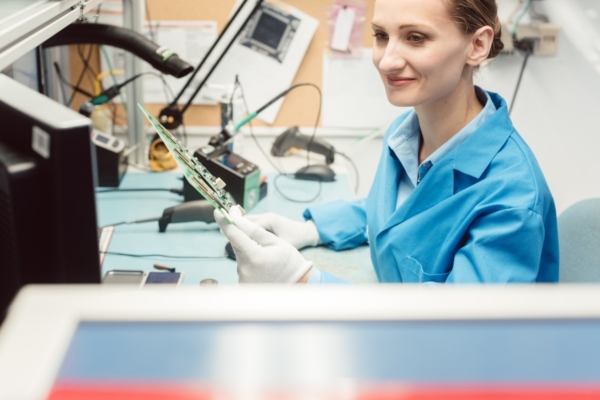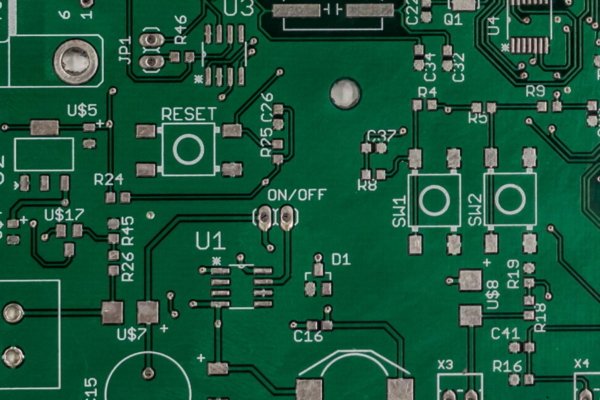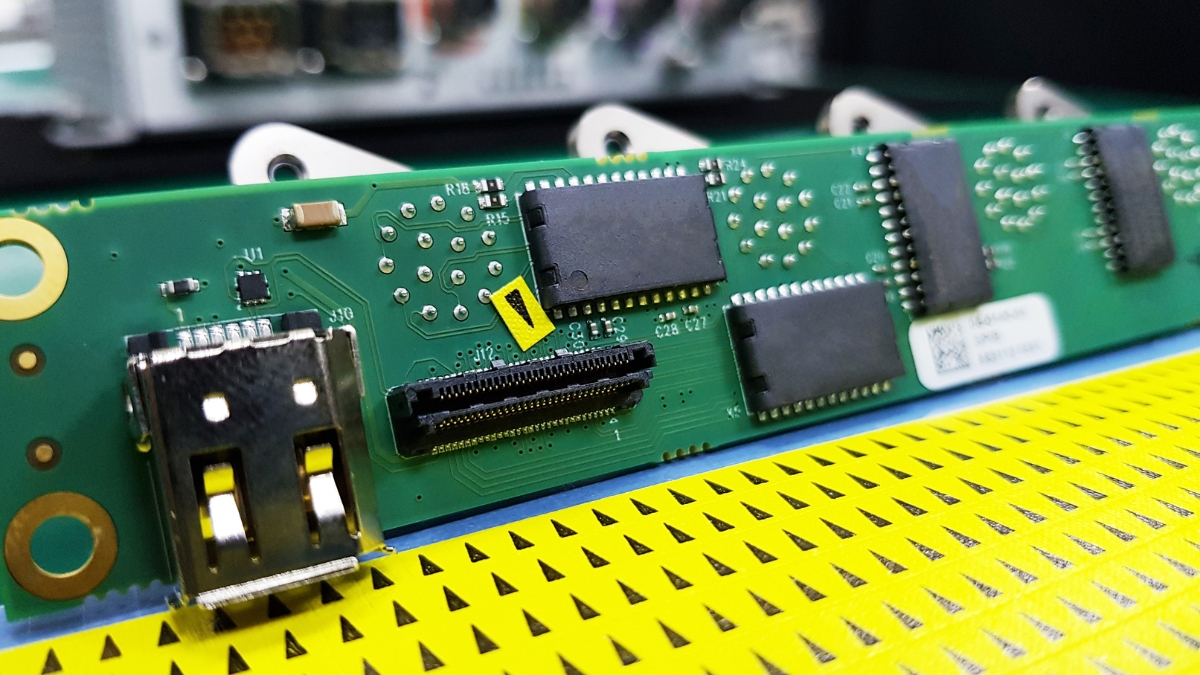What is Edge Plating
Edge plating, also known as plated rout or castellation, is a process that involves the application of a copper plating along the edges of the circuit board. This plating extends from the top to the bottom surface of the board and provides electrical connectivity and technical features for various applications. Edge plating improves EMI (Electromagnetic Interference) shielding for higher frequency designs and enhances chassis ground in systems. By encapsulating the edges of the PCB, edge plating helps to reduce electromagnetic emissions and improve the overall performance and reliability of the board.
During the edge plating process, a rout path is created before metallizing the circuitry features of the PCB. The design requirements for edge plating depend on factors such as the number of edges, board size, and delivery method. Tabs may also be implemented to provide stability to the parts during transportation and manufacturing processes.
The material used for manufacturing the PCB can impact the routing requirements for edge plating. If non-standard materials are used, alternative routing designs may be necessary to ensure the structural integrity of the board.
Design rules are specified for edge plating, including the requirement for the plating to wrap around to the surface of the panel. This wrap-around is necessary for internal processing and adhesion of the plating to the edge. Interruptions in the plating can be designed using tabs or removed during the routing process.





